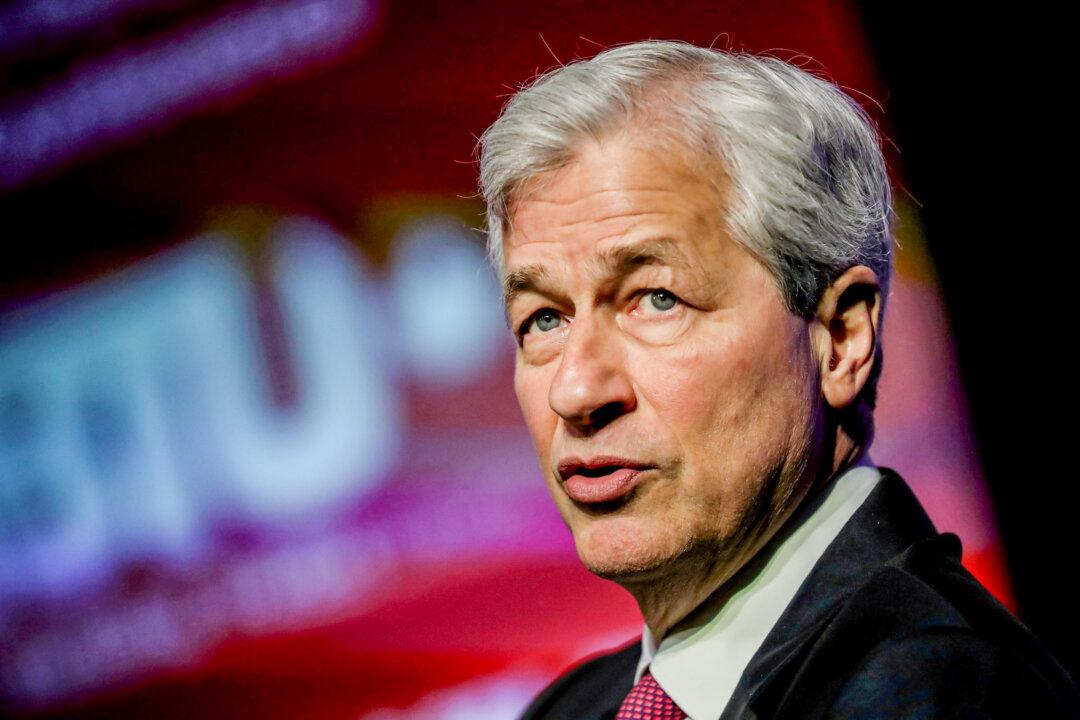JPMorgan Chase CEO Jamie Dimon has warned that many U.S. businesses and investors are ill-prepared for a looming “worst case” scenario in which the Federal Reserve boosts interest rates to an eye-watering 7 percent—while the United States languishes in the grips of stagflation.
Mr. Dimon issued the stark warning in an interview with Times of India, on the sidelines of a financial conference in Mumbai, India, on Sept. 26. On the same day, Wall Street’s main indexes closed 1 percent lower as investors wrestled with the prospect of a long period of high interest rates to quash persistently high inflation—and the economic fallout.





